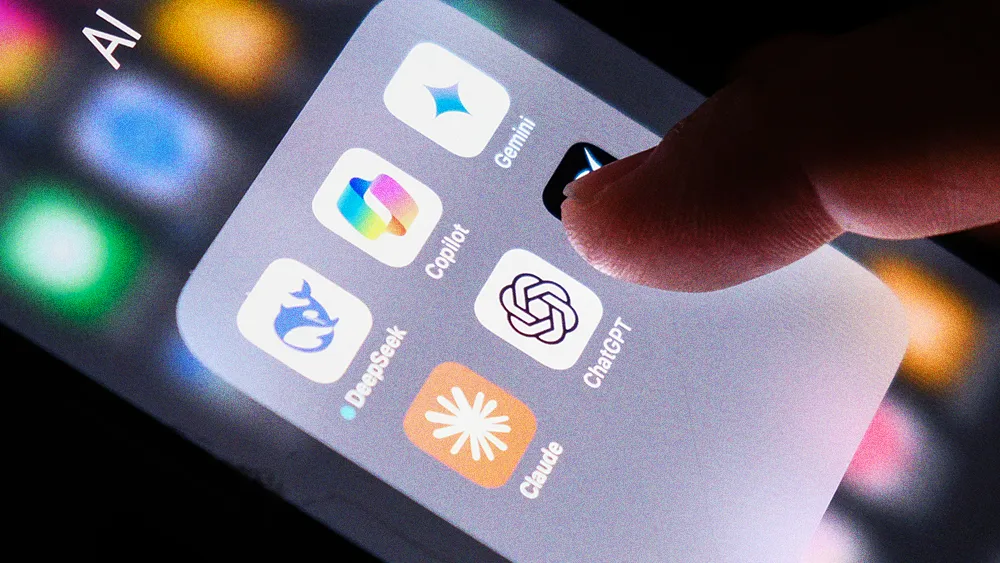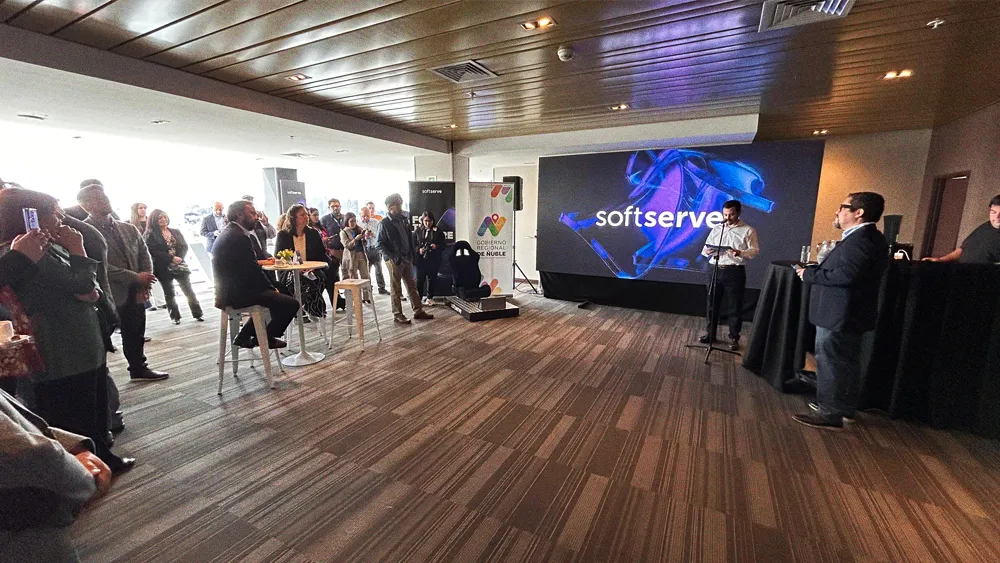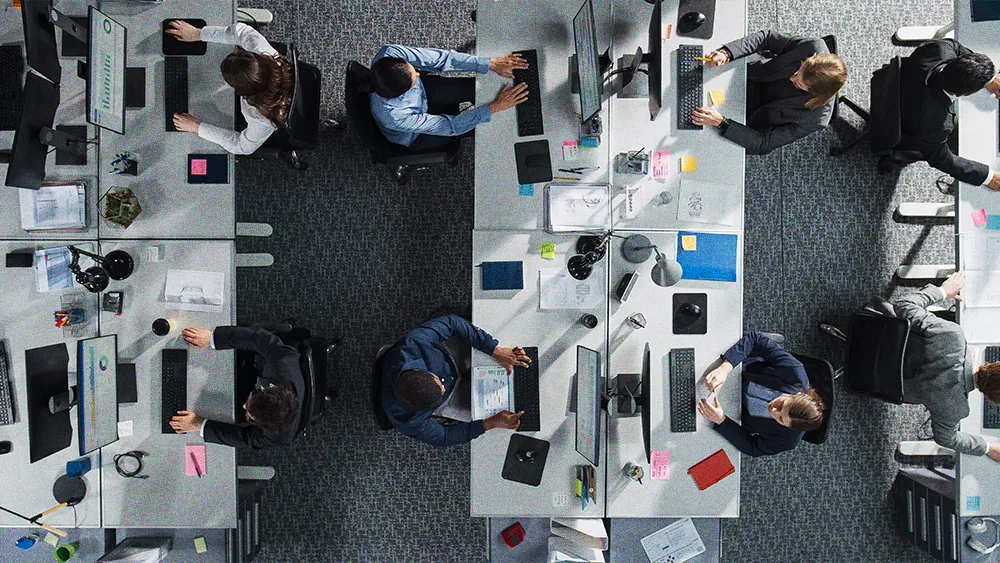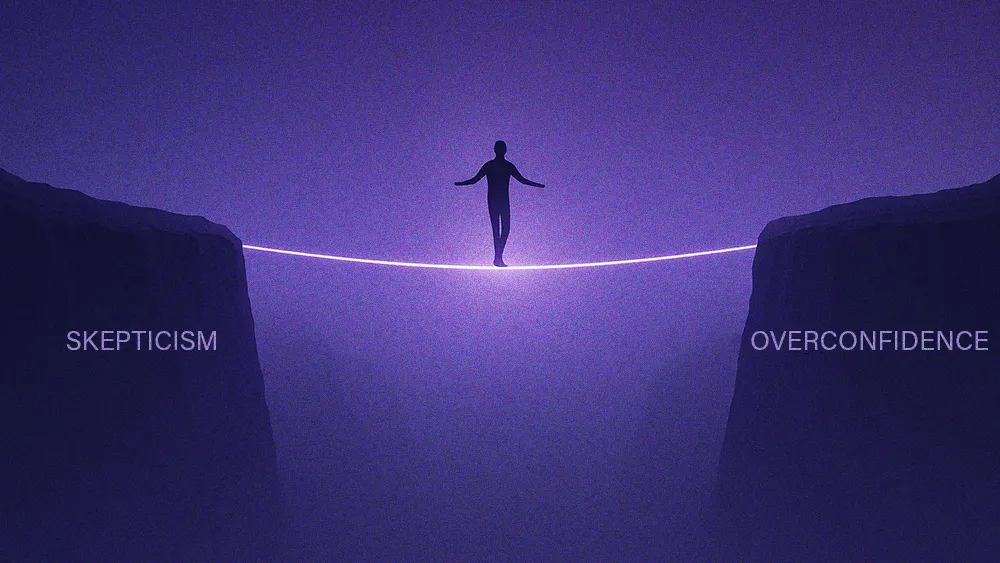HR’s future depends on business alignment more than technology fluency in the age of AI
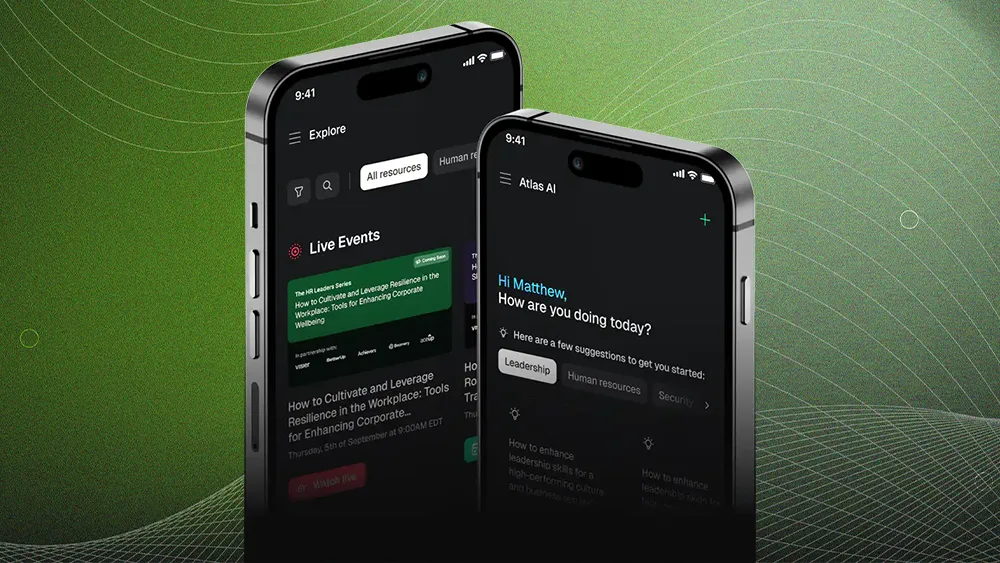
Key Points
The biggest risk facing companies isn’t a new exploit, but a failure to innovate with AI, leaving many HR departments frozen.
Guillermo Miranda, Co-Founder of atlas copilot, argues that for HR to lead, it must become more business-savvy, not just tech-savvy.
Miranda stresses that the focus should be on strategic “work redesign” to integrate AI, rather than fragmented adoption of tools.
Success in the AI era depends on a deeply human transition defined by a leadership mindset of curiosity and experimentation.
The best answers are coming from HR teams that understand the business model of their organizations. It's not that you need to be technology-savvy; you need to understand your business to see how and when to apply AI and what the scope of projects should be. This is about work redesign more than the technology.

Guillermo Miranda
Co-Founder
atlas copilot
The absence of AI innovation is a growing risk to company health, and HR is caught in the middle. CEOs want clear strategies, vendors flood the market with tools, and employees worry about jobs, creating fragmented adoption across organizations. For HR to stay relevant, the priority is not only technology fluency but alignment with the business side: understanding models, drivers, and outcomes to redesign work for the future.
We spoke with Guillermo Miranda, Co-Founder of atlas copilot, a SaaS startup that leverages generative AI for people management. Drawing on decades of experience leading HR and learning initiatives as a VP and Chief Learning Officer at global giants like Boeing and IBM, Miranda argued that HR’s relevance in the AI era depends on a fundamental shift in its core identity, from a support function to a strategic business driver.
“The best answers are coming from HR teams that understand the business model of their organizations. It’s not that you need to be technology-savvy; you need to understand your business to see how and when to apply AI and what the scope of projects should be. This is about work redesign more than the technology.” This pivot to “work redesign” is where the battle for HR’s future will be won or lost. For Miranda, the consequences for those who fail to make the leap from administrative processing to strategic partnership are stark and absolute.
The great divide: “Those who don’t adjust are going to be left behind.” Miranda pointed to the increasingly common sentiment that people are not losing jobs directly to AI, but rather to other people who know how to leverage AI effectively. “We’re the last generation of CEOs that had a fully human workforce. The next generation of CEOs will manage a hybrid workforce—digital and human workers.”
This demands a new leadership mindset, one that prioritizes human adaptation over technological implementation. Miranda insisted that navigating this transition successfully has little to do with mastering specific platforms and everything to do with fostering a culture of learning and experimentation.
Mindset over matter: “This is not about the technology; it is about how you manage transitions. If you have the right mindset of experimentation, curiosity, and iteration from the top of the leadership to the entire workforce, things will progress. If you have a fixed mindset, are reluctant to experiment, and are so fearful that you are paralyzed, then it is going to be difficult. The train of the future will pass you by.”
The focus then moves to the employee side of the equation, where a paradox defines the market: a fear of job scarcity exists alongside a massive talent scarcity. The only way to bridge this gap, Miranda argued, is through a shared commitment to continuous learning, even when the path forward isn’t perfectly clear. The responsibility falls on everyone—organizations, society, and individuals.
Move or lose: “Organizations have to step up with upskilling and reskilling initiatives. It can be the simple soft skill of being open to curiosity, or transactional skills of how to use AI platforms to get your job done faster and more productively,” explained Miranda. “It’s going to be a little messy and fast, and not necessarily organic. You need to be ready for the unknown and be ready to move. You don’t need to have all the answers—but if you stand still, you’re losing.”
A deeply human transition: “AI is deeply human. We are talking about artificial intelligence, but in reality, we are talking about how human beings can adapt to new things, new technologies, and new ways of collaboration. The ones that are prepared to take that step are the ones that are going to be successful.”
The future of work, then, will be defined not by the tools we use, but by how we integrate them into a new, more collaborative model—one that redefines our relationship with technology itself. “This is an opportunity for HR to step up, but only in the right way—by knowing the business. Otherwise, you risk being cornered into execution and simply taking orders.”
AI is deeply human. We are talking about artificial intelligence, but in reality, we are talking about how human beings can adapt to new things, new technologies, and new ways of collaboration. The ones that are prepared to take that step are the ones that are going to be successful.
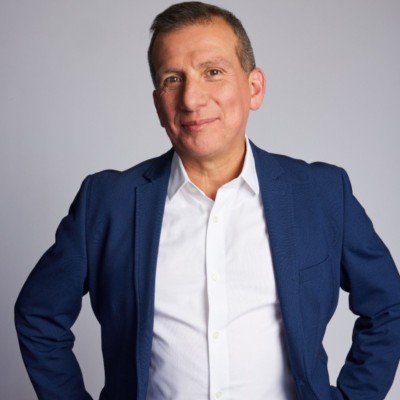
Guillermo Miranda
Co-Founder
atlas copilot
AI is deeply human. We are talking about artificial intelligence, but in reality, we are talking about how human beings can adapt to new things, new technologies, and new ways of collaboration. The ones that are prepared to take that step are the ones that are going to be successful.

Guillermo Miranda
Co-Founder
atlas copilot
Related articles
TL;DR
The biggest risk facing companies isn’t a new exploit, but a failure to innovate with AI, leaving many HR departments frozen.
Guillermo Miranda, Co-Founder of atlas copilot, argues that for HR to lead, it must become more business-savvy, not just tech-savvy.
Miranda stresses that the focus should be on strategic “work redesign” to integrate AI, rather than fragmented adoption of tools.
Success in the AI era depends on a deeply human transition defined by a leadership mindset of curiosity and experimentation.

Guillermo Miranda
atlas copilot
Co-Founder

Co-Founder
The absence of AI innovation is a growing risk to company health, and HR is caught in the middle. CEOs want clear strategies, vendors flood the market with tools, and employees worry about jobs, creating fragmented adoption across organizations. For HR to stay relevant, the priority is not only technology fluency but alignment with the business side: understanding models, drivers, and outcomes to redesign work for the future.
We spoke with Guillermo Miranda, Co-Founder of atlas copilot, a SaaS startup that leverages generative AI for people management. Drawing on decades of experience leading HR and learning initiatives as a VP and Chief Learning Officer at global giants like Boeing and IBM, Miranda argued that HR’s relevance in the AI era depends on a fundamental shift in its core identity, from a support function to a strategic business driver.
“The best answers are coming from HR teams that understand the business model of their organizations. It’s not that you need to be technology-savvy; you need to understand your business to see how and when to apply AI and what the scope of projects should be. This is about work redesign more than the technology.” This pivot to “work redesign” is where the battle for HR’s future will be won or lost. For Miranda, the consequences for those who fail to make the leap from administrative processing to strategic partnership are stark and absolute.
The great divide: “Those who don’t adjust are going to be left behind.” Miranda pointed to the increasingly common sentiment that people are not losing jobs directly to AI, but rather to other people who know how to leverage AI effectively. “We’re the last generation of CEOs that had a fully human workforce. The next generation of CEOs will manage a hybrid workforce—digital and human workers.”

Guillermo Miranda
atlas copilot
Co-Founder

Co-Founder
This demands a new leadership mindset, one that prioritizes human adaptation over technological implementation. Miranda insisted that navigating this transition successfully has little to do with mastering specific platforms and everything to do with fostering a culture of learning and experimentation.
Mindset over matter: “This is not about the technology; it is about how you manage transitions. If you have the right mindset of experimentation, curiosity, and iteration from the top of the leadership to the entire workforce, things will progress. If you have a fixed mindset, are reluctant to experiment, and are so fearful that you are paralyzed, then it is going to be difficult. The train of the future will pass you by.”
The focus then moves to the employee side of the equation, where a paradox defines the market: a fear of job scarcity exists alongside a massive talent scarcity. The only way to bridge this gap, Miranda argued, is through a shared commitment to continuous learning, even when the path forward isn’t perfectly clear. The responsibility falls on everyone—organizations, society, and individuals.
Move or lose: “Organizations have to step up with upskilling and reskilling initiatives. It can be the simple soft skill of being open to curiosity, or transactional skills of how to use AI platforms to get your job done faster and more productively,” explained Miranda. “It’s going to be a little messy and fast, and not necessarily organic. You need to be ready for the unknown and be ready to move. You don’t need to have all the answers—but if you stand still, you’re losing.”
A deeply human transition: “AI is deeply human. We are talking about artificial intelligence, but in reality, we are talking about how human beings can adapt to new things, new technologies, and new ways of collaboration. The ones that are prepared to take that step are the ones that are going to be successful.”
The future of work, then, will be defined not by the tools we use, but by how we integrate them into a new, more collaborative model—one that redefines our relationship with technology itself. “This is an opportunity for HR to step up, but only in the right way—by knowing the business. Otherwise, you risk being cornered into execution and simply taking orders.”
